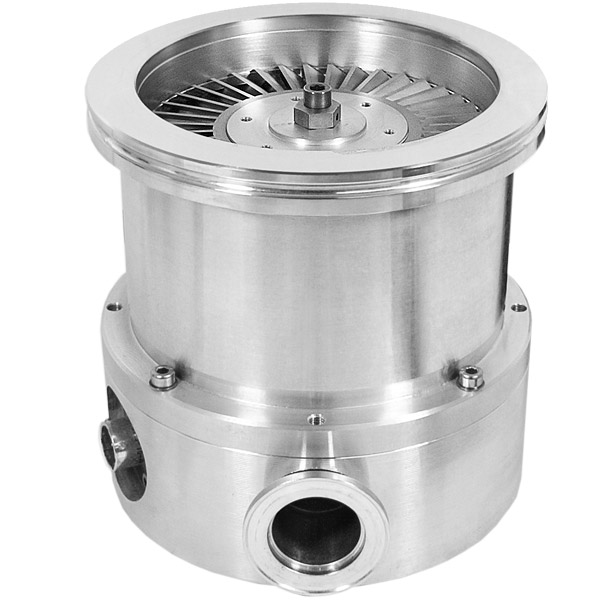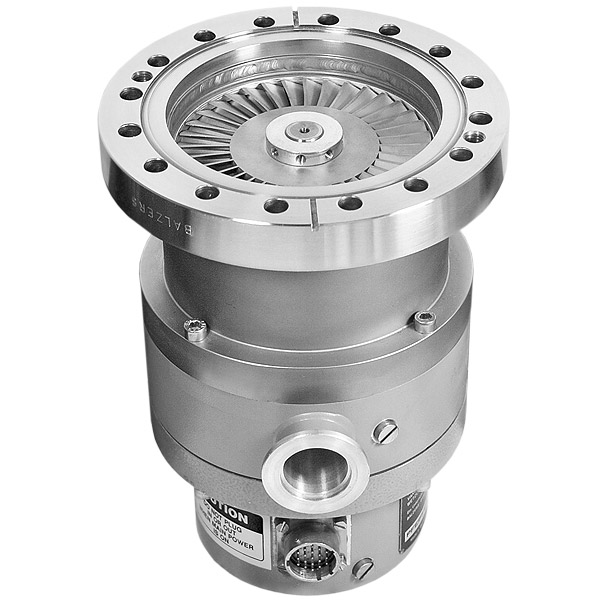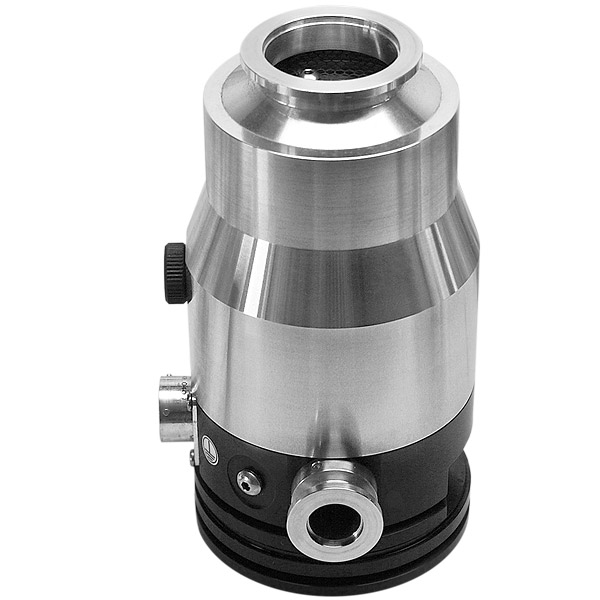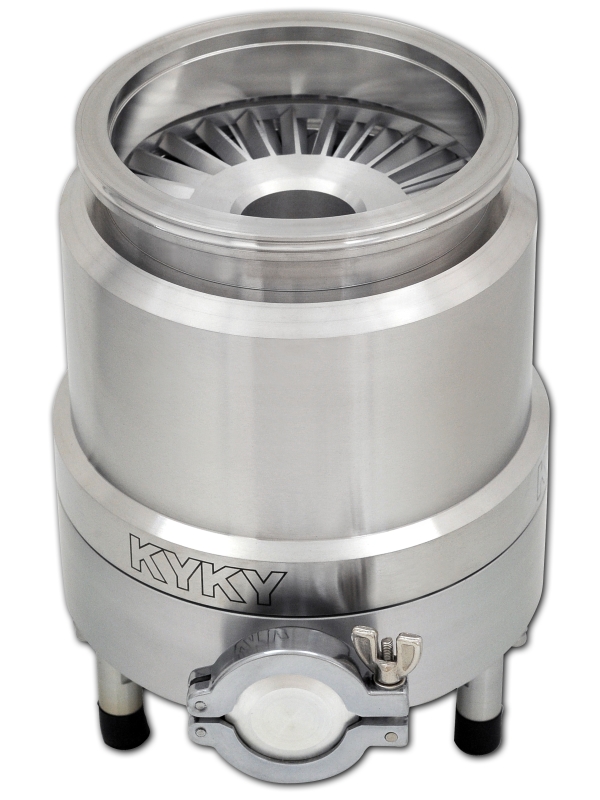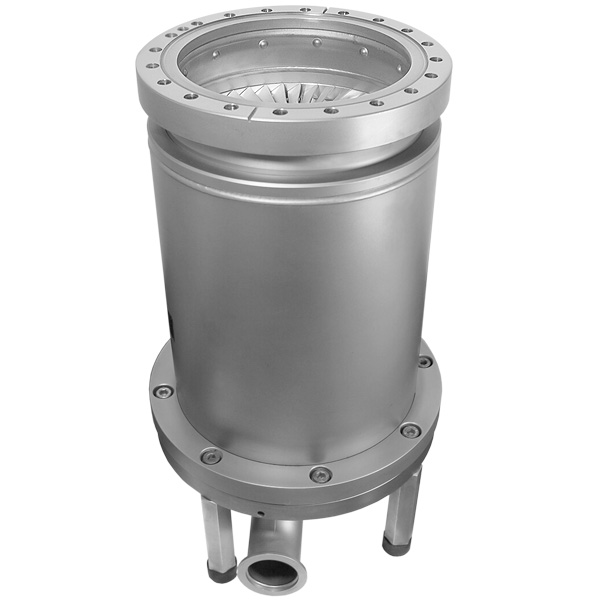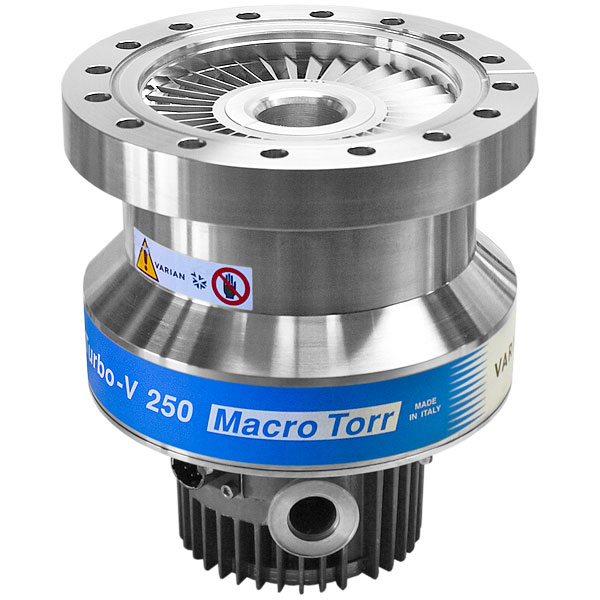|
Turbomolecular
The turbomolecular pump as first described in 1958 by Becker, was based on the older molecular drag pumps developed by Gaede in 1913, Holweck in 1923 and Siegbahn in 1944. Turbomolecular pumps work on the principle that gas molecules can be given momentum in a desired direction by repeated collision with a moving solid surface. In a turbomolecular pump, a rapidly spinning turbine rotor 'hits' gas molecules from the inlet of the pump towards the exhaust in order to create or maintain a vacuum.
|
FAQ's - Turbomolecular pumps
 FAQs [DE] FAQs [DE]
Turbomolecular pumps manufacturers Books Wikipedia What are "hybrid" turbomolecular pumps ? Because turbomolecular pumps only work in molecular flow conditions, a pure turbomolecular pump will require a very large backing pump to work effectively. "hybrid" pumps combine the turbomolecular pump with a molecular drag stage such as a Holweck or Gaede mechanism near the exhaust to reduce the size of backing pump required. Ball bearings or magnetic levitated ? A turbo pump's high rotational speeds (some small diameter units operate at 60,000 rpm) put serious strain on the shaft bearings. Most manufacturers now offer light-weight ceramic ball bearings with grease lubrication since this combination is both light, lowering the momentum of the bearing, and has a low bearing-lubricant vapor pressure at the pump's working temperature. More recently, manufacturers have begun offering magnetically levitated bearings which are either permanent magnets for the small sized pumps or a combination of permanent and dynamic magnetic fields, supporting the shaft without contact. Magnetically levitated pumps (such as those manufactured by Shimadzu) include non-contact bearings, resulting in a turbo pump that has true zero oil-vapor backstreaming with bearings that never wear down. |
